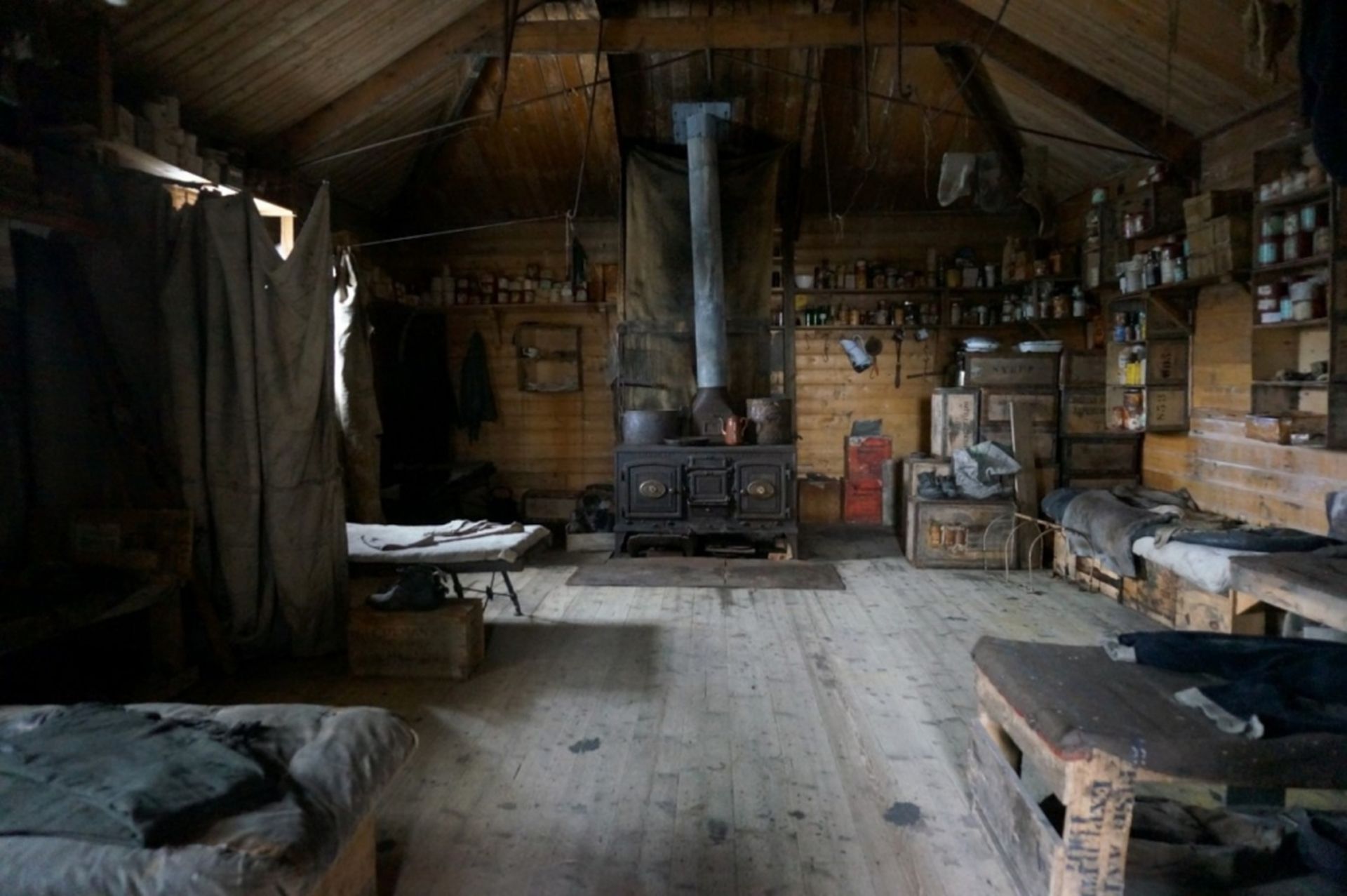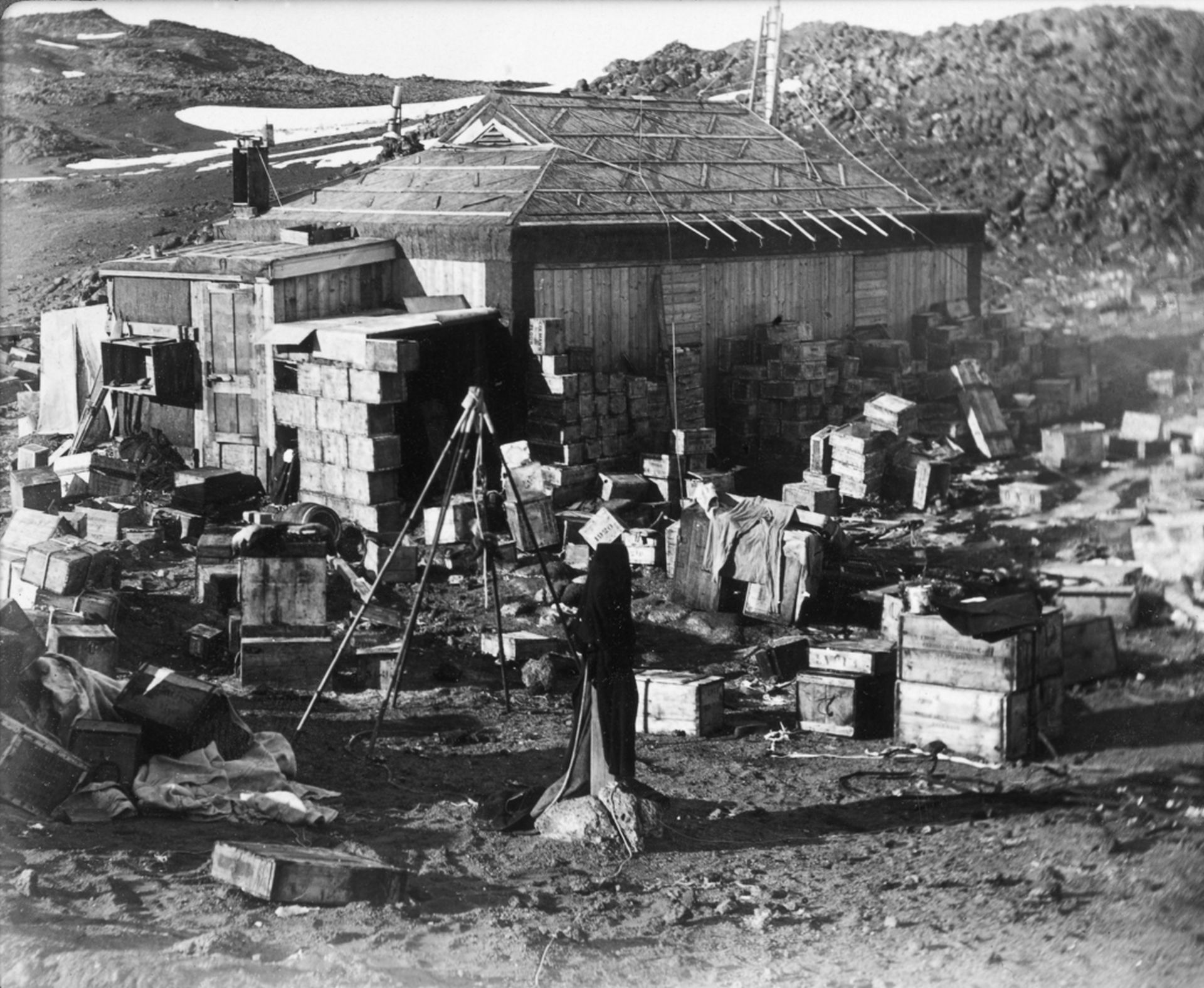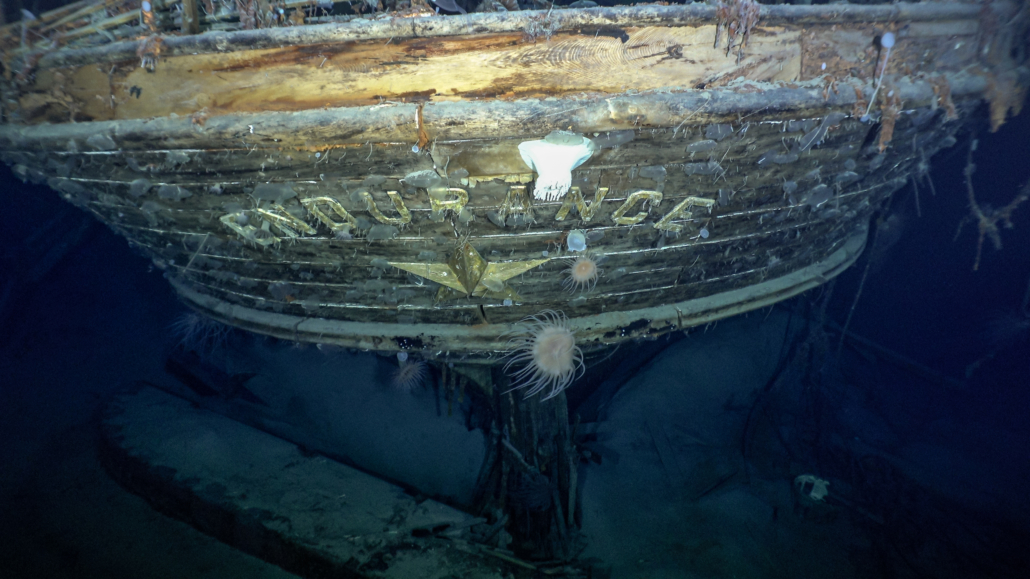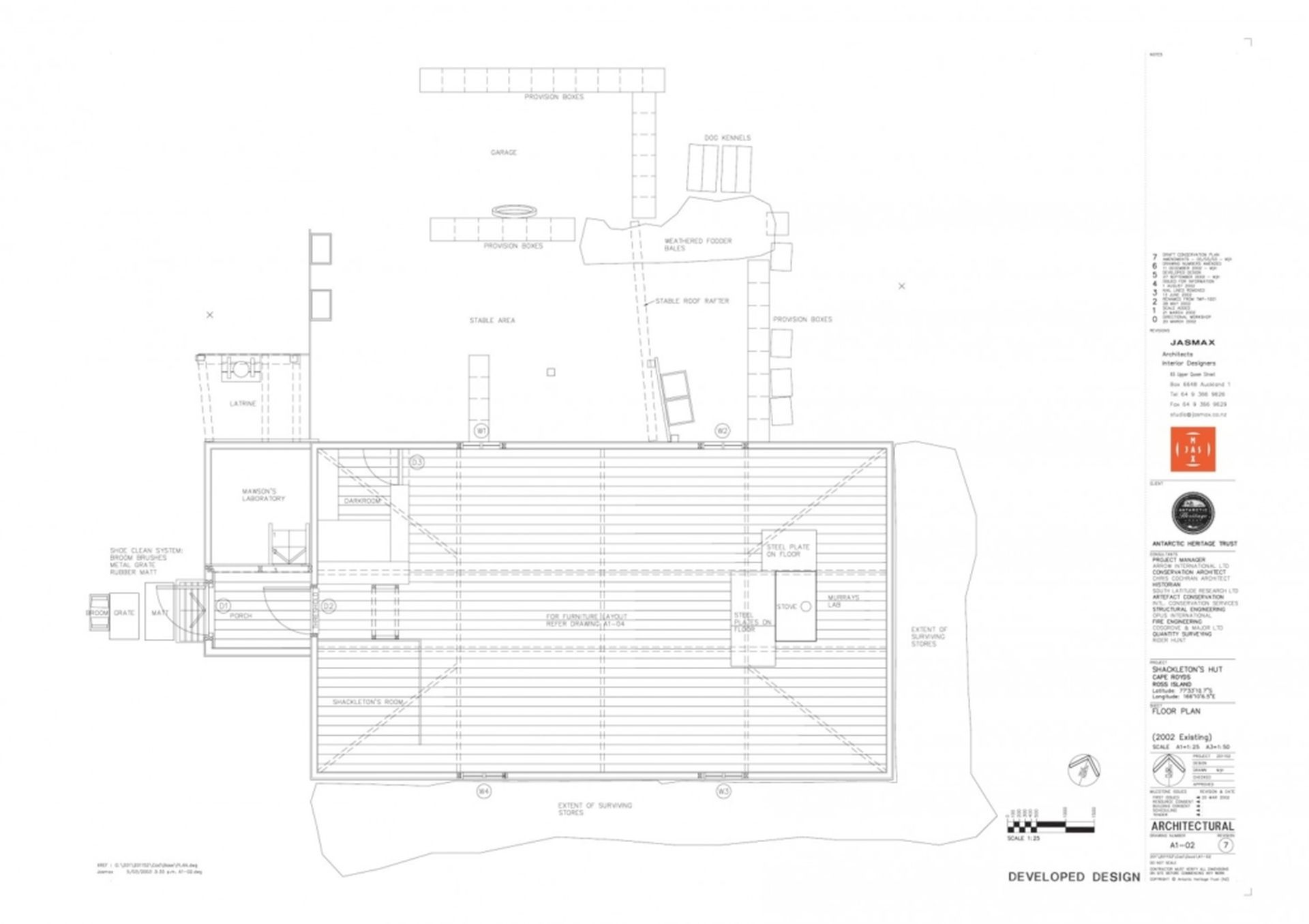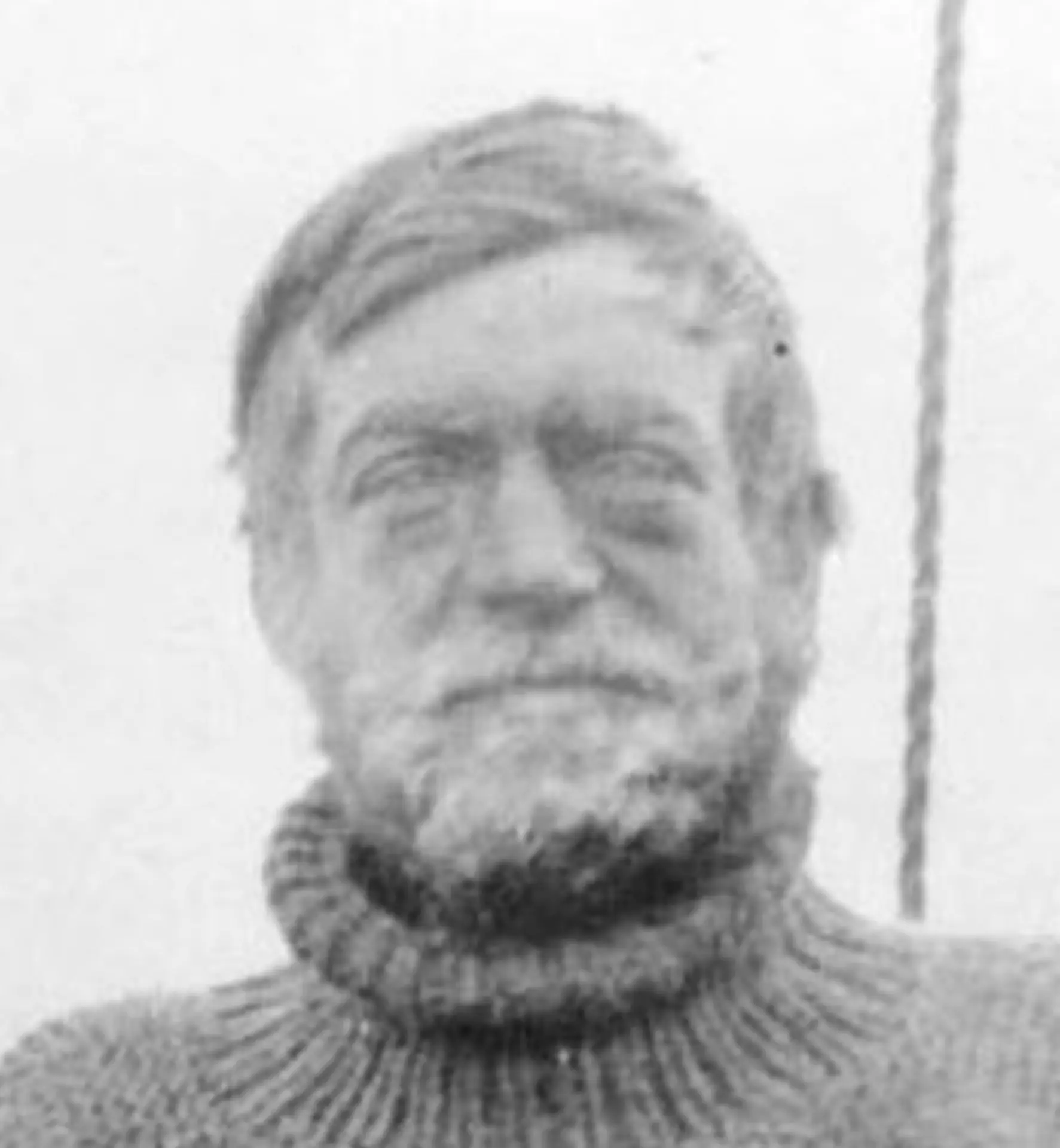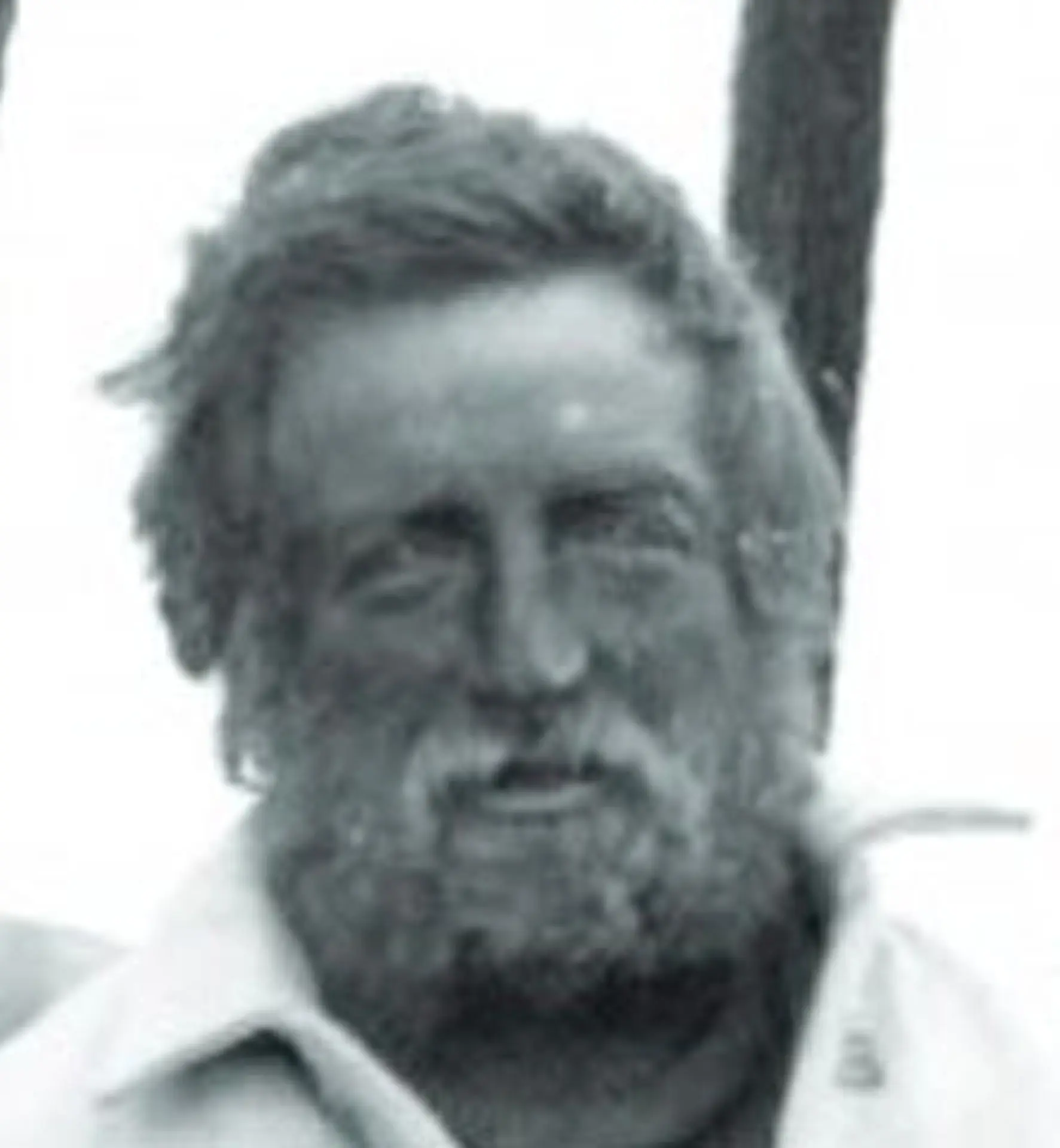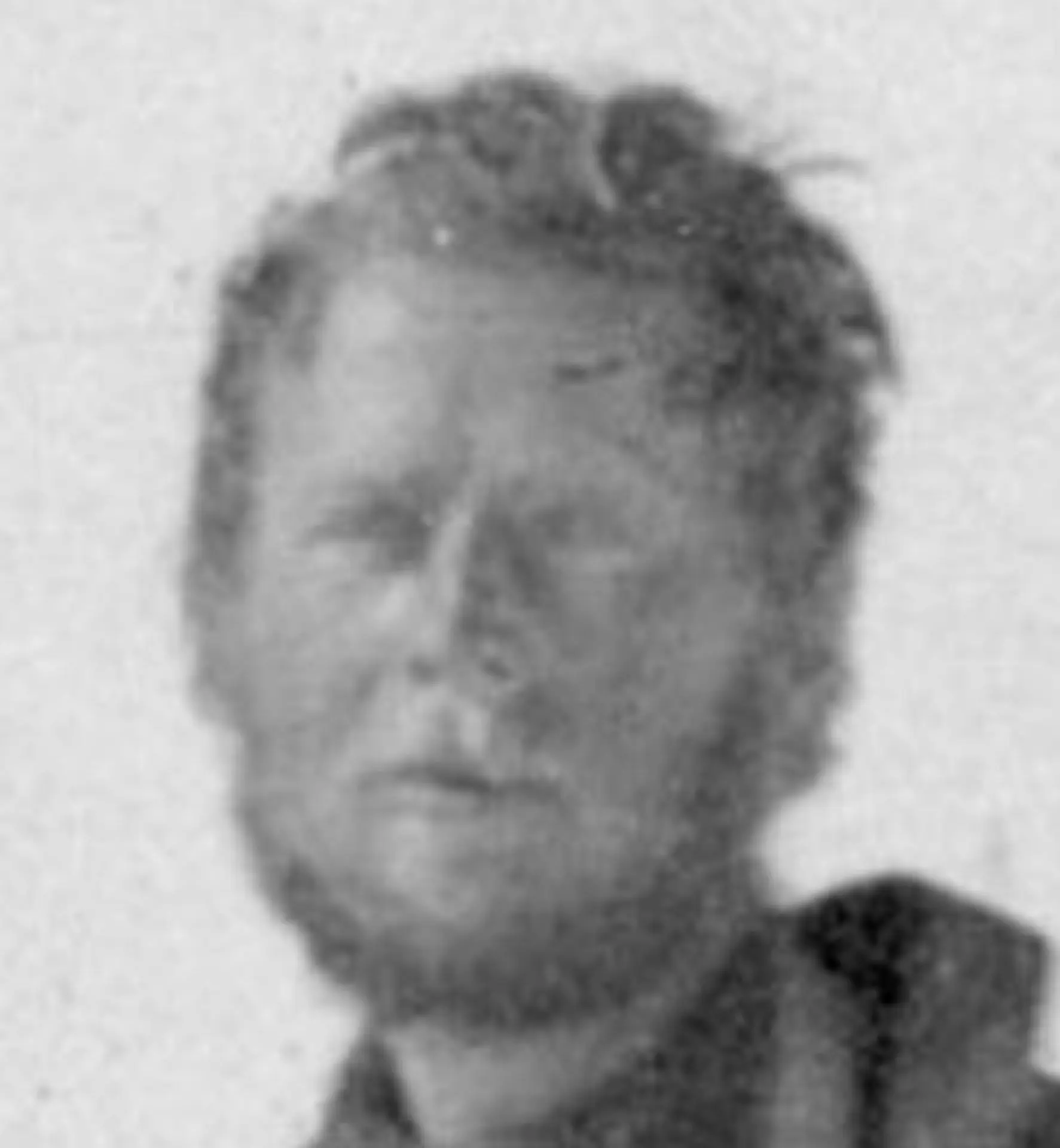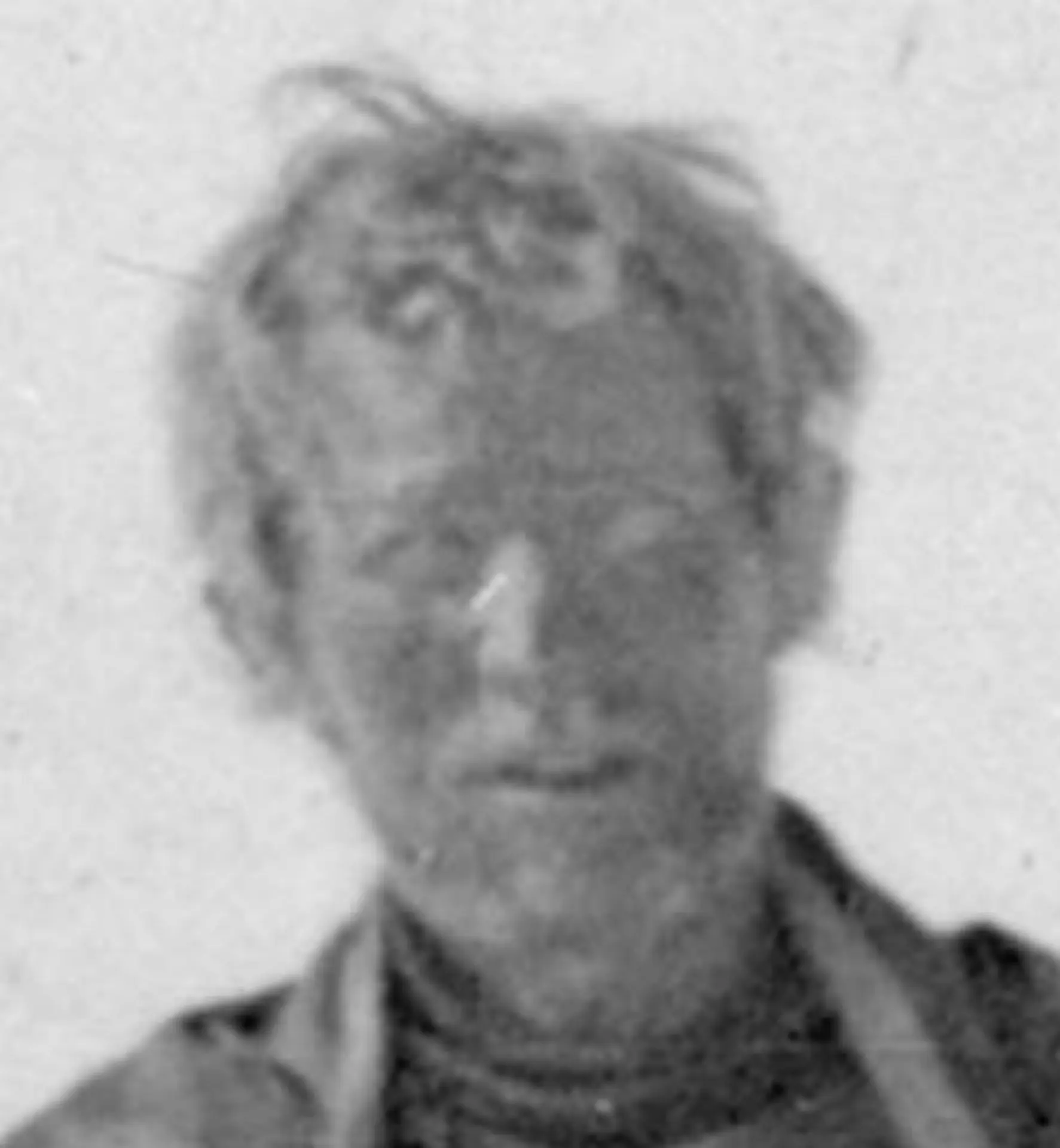![]()
Antarctic Heritage Trust
7 Ron Guthrey Road, Christchurch 8053, New Zealand
Private Bag 4745, Christchurch 8140, New Zealand
![]()
Antarctic Heritage Trust
7 Ron Guthrey Road, Christchurch 8053, New Zealand
Private Bag 4745, Christchurch 8140, New Zealand
© Copyright 2024, Antarctic Heritage Trust – Registered Charity: CC24071
Terms and Conditions – Privacy Policy
© Copyright 2024, Antarctic Heritage Trust
Registered Charity: CC24071
Terms and Conditions – Privacy Policy


